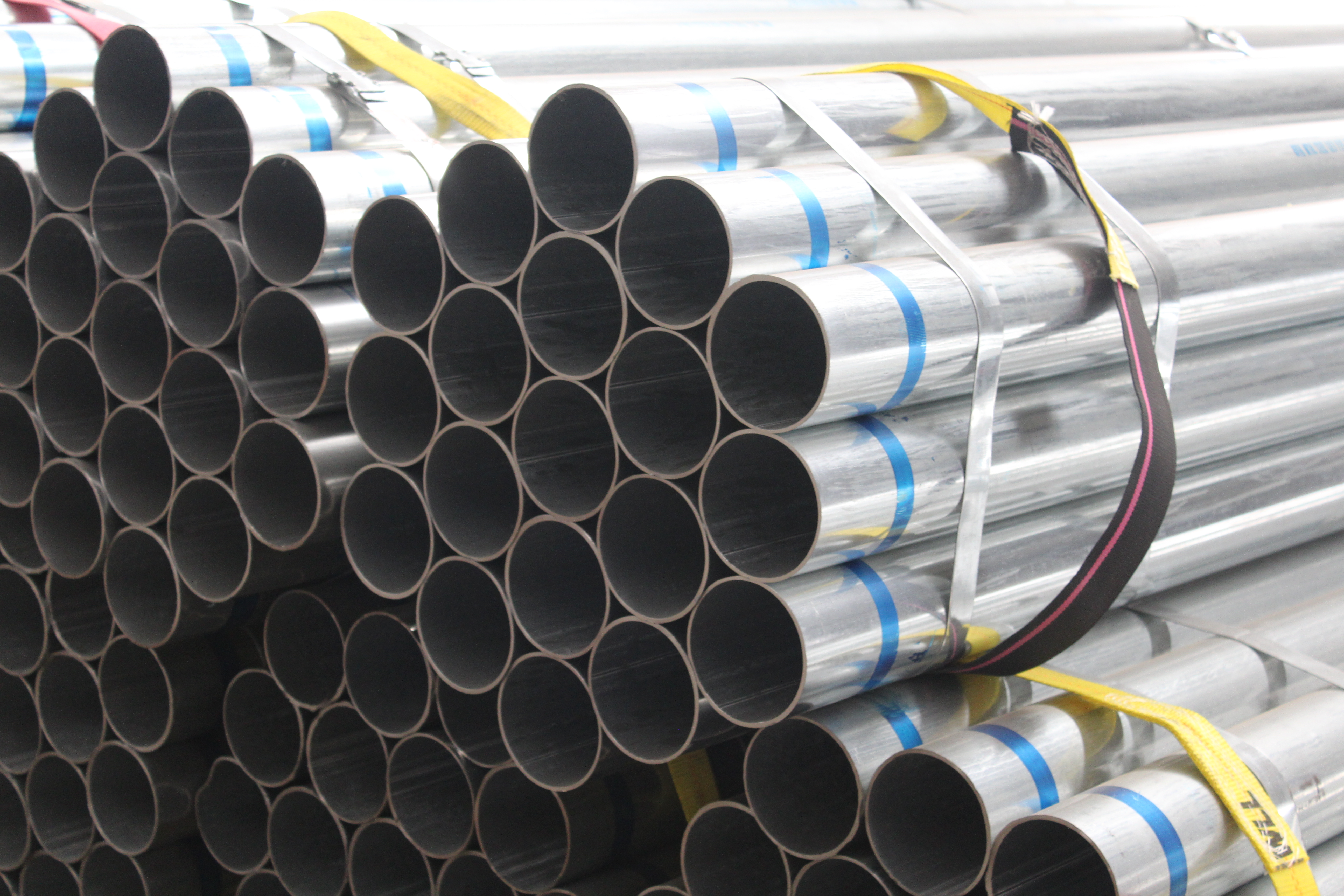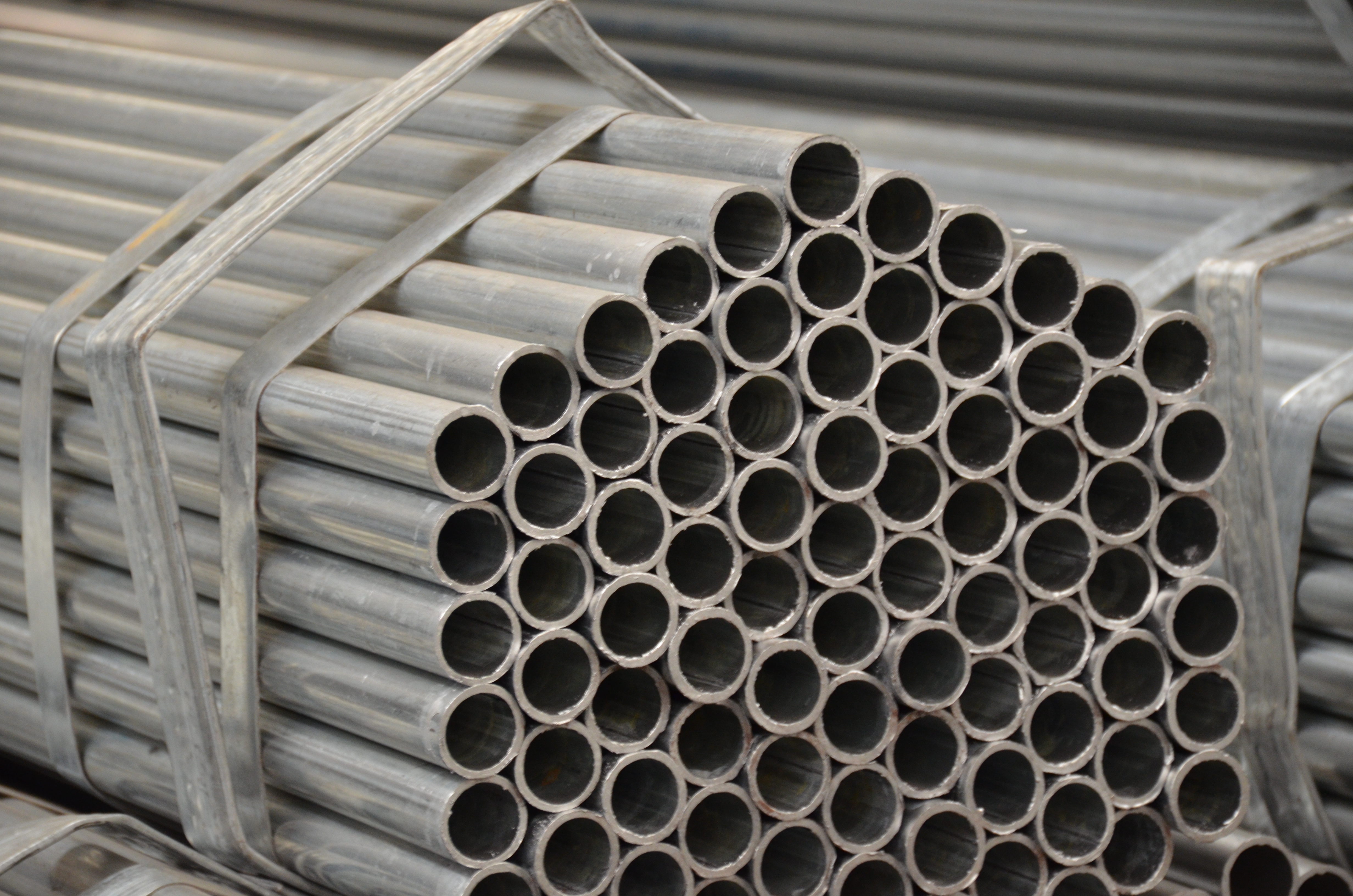What are the mainstream hot-dip coatings?
There are numerous types of hot-dip coatings for steel plates and strips. Classification rules across major standards—including American, Japanese, European, and Chinese national standards—are similar. We will analyze using the European standard EN 10346:2015 as an example.
Mainstream hot-dip coatings fall into six major categories:
- Hot-dip pure zinc (Z)
- Hot-dip zinc-iron alloy (ZF)
- Hot-dip zinc-aluminum (ZA)
- Hot-dip aluminum-zinc (AZ)
- Hot-dip aluminum-silicon (AS)
- Hot-dip zinc-magnesium (ZM)
Definitions and characteristics of various hot-dip coatings
Pre-treated steel strips are immersed into a molten bath. Different molten metals in the bath yield distinct coatings (except for zinc-iron alloy coatings).
Comparison Between Hot-Dip Galvanizing and Electrogalvanizing
1. Galvanizing Process Overview
Galvanizing refers to the surface treatment technique of applying a zinc coating to metals, alloys, or other materials for aesthetic and anti-corrosion purposes. The most widely applied methods are hot-dip galvanizing and cold galvanizing (electrogalvanizing).
2. Hot-Dip Galvanizing Process
The primary method for galvanizing steel sheet surfaces today is hot-dip galvanizing. Hot-dip galvanizing (also known as hot-dip zinc coating or hot-dip galvanization) is an effective method of metal corrosion protection, primarily used on metal structural facilities across various industries. It involves immersing rust-removed steel components into molten zinc at approximately 500°C, depositing a zinc layer on the steel surface to achieve corrosion resistance. Hot-dip galvanizing process flow: Finished product acid washing → Water rinsing → Application of flux → Drying → Hanging for coating → Cooling → Chemical treatment → Cleaning → Polishing → Hot-dip galvanizing complete.
3. Cold-dip Galvanizing Process
Cold galvanizing, also known as electrogalvanizing, utilizes electrolytic equipment. After degreasing and acid washing, pipe fittings are placed in a solution containing zinc salts and connected to the negative terminal of the electrolytic equipment. A zinc plate is positioned opposite the fittings and connected to the positive terminal. When power is applied, the directed movement of current from positive to negative causes zinc to deposit onto the fittings. Cold-galvanized pipe fittings undergo processing before galvanization.
Technical standards comply with ASTM B695-2000 (U.S.) and military specification C-81562 for mechanical galvanization.

Comparison of Hot-Dip Galvanizing vs. Cold-Dip Galvanizing
Hot-dip galvanizing offers significantly higher corrosion resistance than cold-dip galvanizing (also known as electrogalvanizing). Electrogalvanized coatings typically range from 5 to 15 μm in thickness, while hot-dip galvanized coatings generally exceed 35 μm and can reach up to 200 μm. Hot-dip galvanizing provides superior coverage with a dense coating free of organic inclusions. Electrogalvanizing employs zinc-filled coatings to protect metals from corrosion. These coatings are applied to the protected surface using any coating method, forming a zinc-filled layer after drying. The dried coating contains a high zinc content (up to 95%). Steel undergoes zinc plating on its surface under cooled conditions, whereas hot-dip galvanizing involves coating steel pipes with zinc through hot-dip immersion. This process yields exceptionally strong adhesion, making the coating highly resistant to peeling.
How to distinguish hot-dip galvanizing from cold galvanizing?
1. Visual Identification
Hot-dip galvanized surfaces appear slightly rougher overall, exhibiting process-induced watermarks, drips, and nodules—particularly noticeable at one end of the workpiece. The overall appearance is silvery-white.
Electrogalvanized (cold-galvanized) surfaces are smoother, primarily yellow-green in color, though iridescent, bluish-white, or white with a green sheen may also appear. These surfaces generally exhibit no zinc nodules or clumping.
2. Distinguishing by Process
Hot-dip galvanizing involves multiple steps: degreasing, acid pickling, chemical immersion, drying, and finally immersion in molten zinc for a specific duration before removal. This process is used for items like hot-dip galvanized pipes.
Cold galvanizing, however, is essentially electrogalvanizing. It utilizes electrolytic equipment where the workpiece undergoes degreasing and pickling before immersion in a zinc salt solution. Connected to the electrolytic apparatus, the workpiece deposits a zinc layer through the directed movement of current between positive and negative electrodes.

Post time: Oct-01-2025






